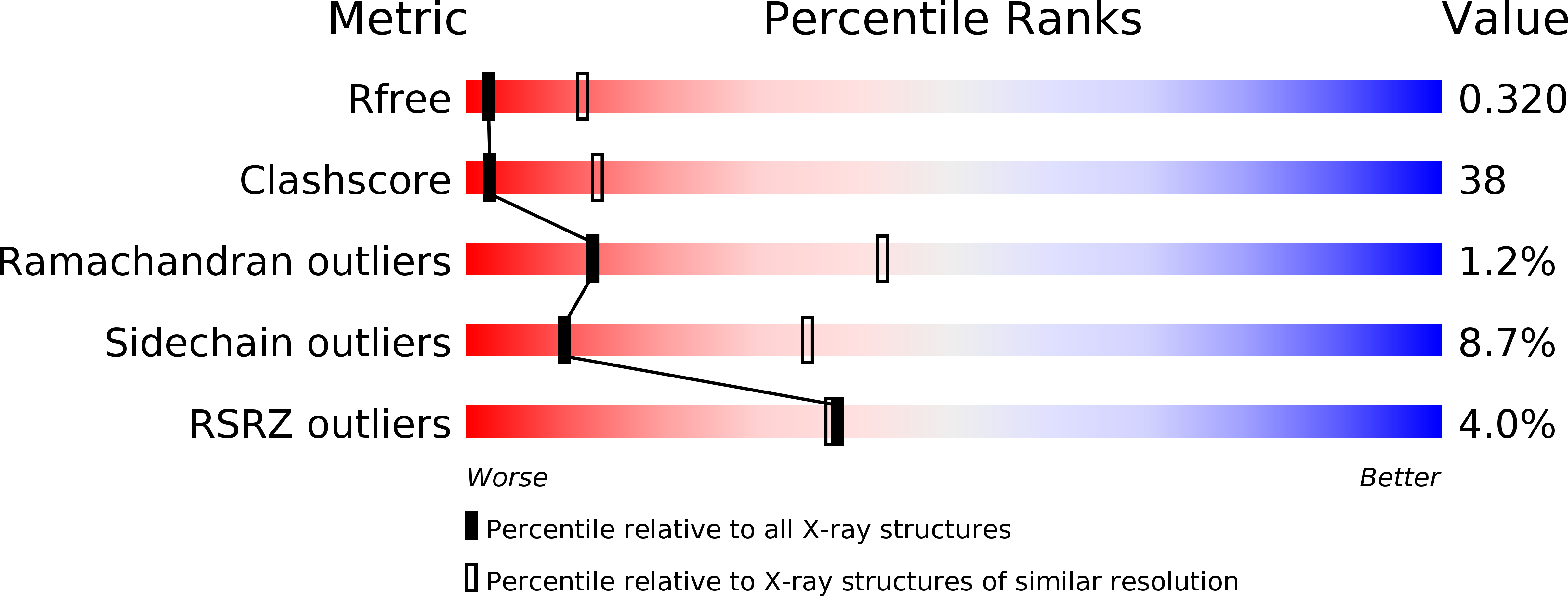
Deposition Date
2011-11-12
Release Date
2012-02-08
Last Version Date
2024-11-20
Entry Detail
PDB ID:
3UM7
Keywords:
Title:
Crystal structure of the human two pore domain K+ ion channel TRAAK (K2P4.1)
Biological Source:
Source Organism:
Homo sapiens (Taxon ID: 9606)
Host Organism:
Method Details:
Experimental Method:
Resolution:
3.31 Å
R-Value Free:
0.32
R-Value Work:
0.31
R-Value Observed:
0.31
Space Group:
P 21 21 21


